Venkateswara Temple

Venkateswara Temple
The Venkateswara Temple stands out as a remarkable site of architectural and cultural significance, showcasing the intricate craftsmanship and religious devotion of its era.
Architectural Layout:
Garbhagriha (Sanctum Sanctorum):
This is the innermost chamber housing the main deity of Lord Venkateswara, revered as the focal point of worship.
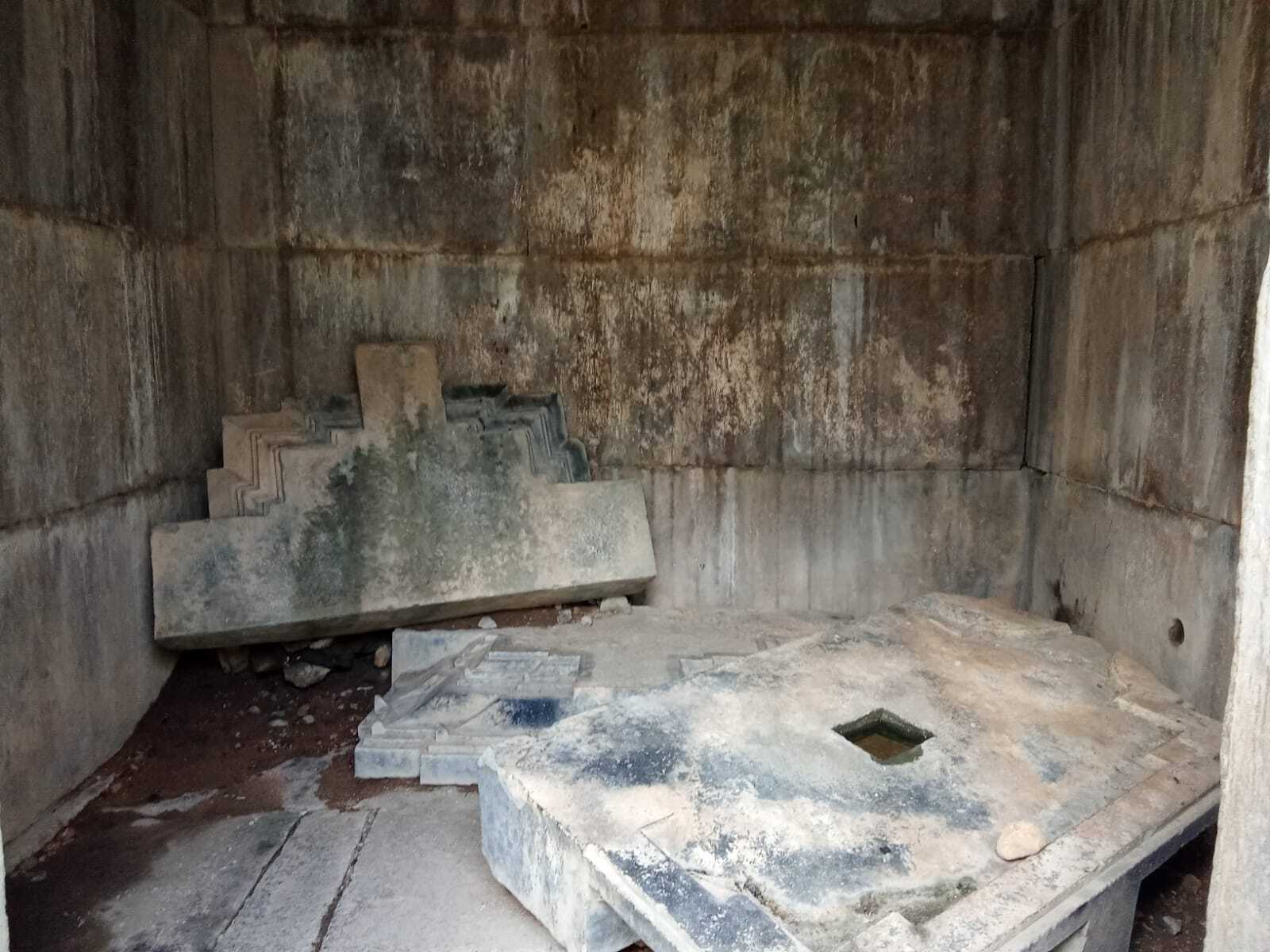
Antarala (Antechamber):
A transitional space connecting the Garbhagriha with the Mukha Mandapam, facilitating a preparatory area for devotees approaching the sanctum.
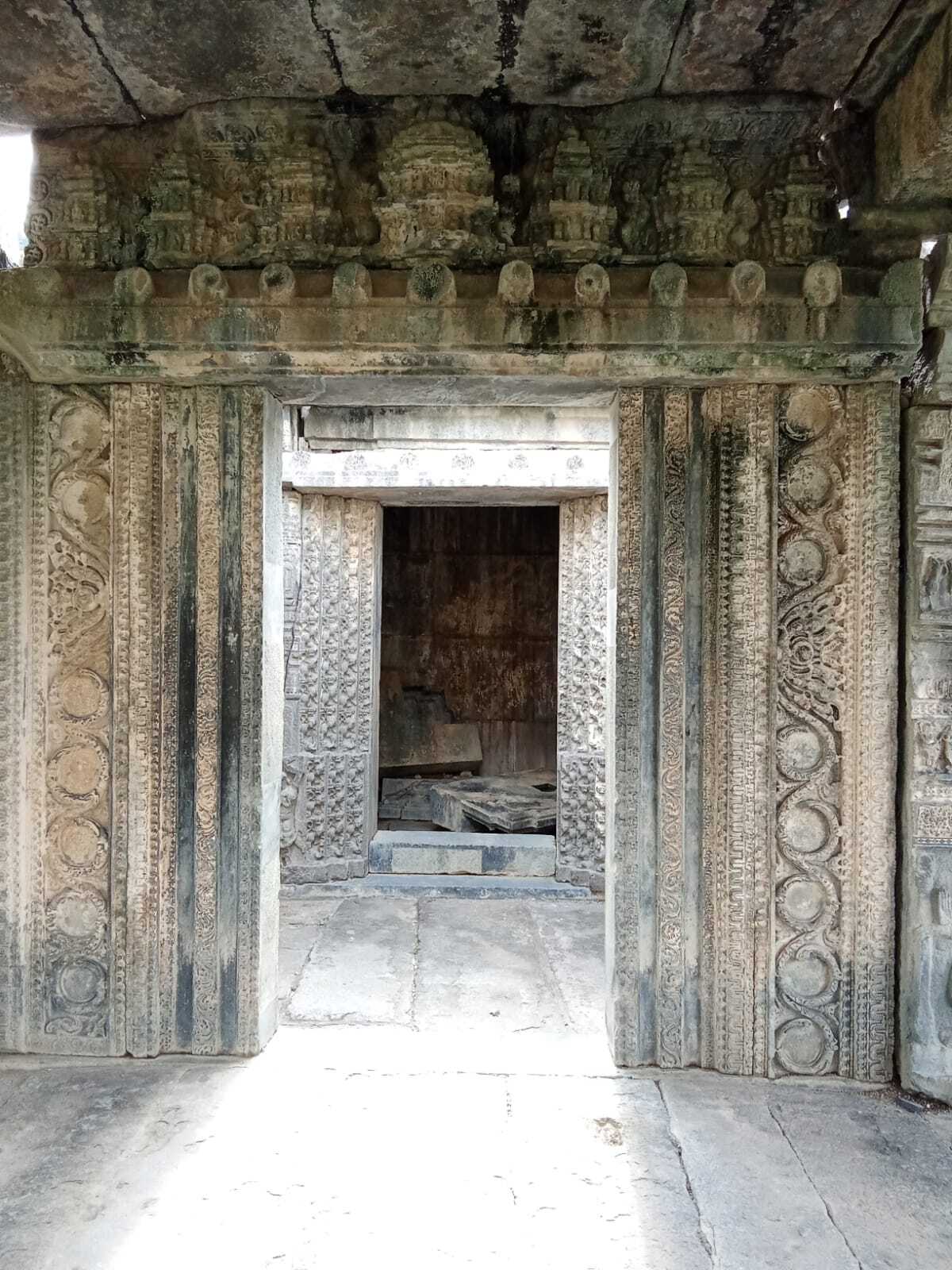
Mukha Mandapam (Front Hall):
It is an open hall adorned with rich decorations, serving as the main congregation area for prayers and rituals.
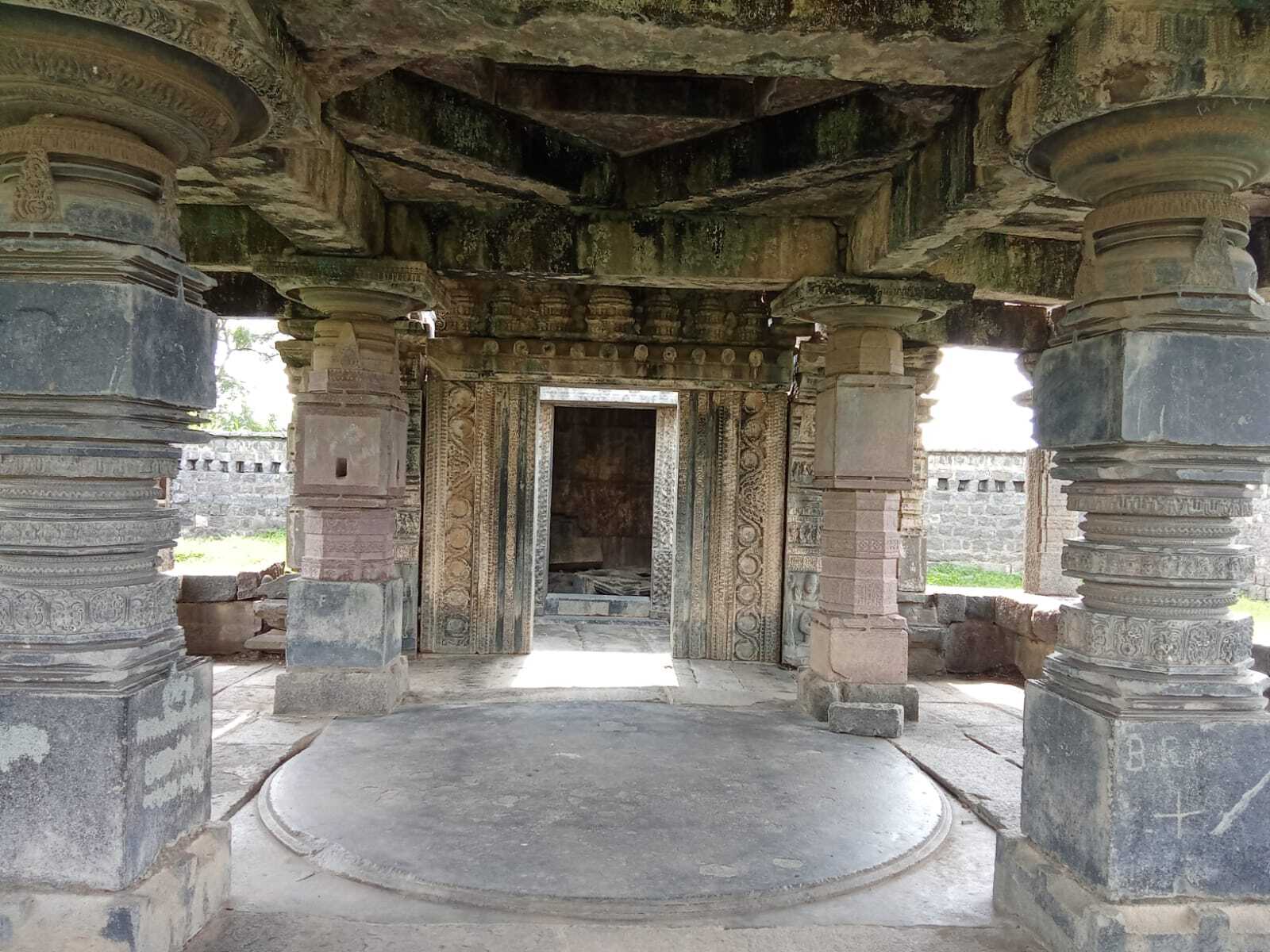
Vimana and Shikhara:
Vimana-Kosta:
Each Garbhagriha hall features a Vimana-Kosta adorned with three pilasters on either side, enhancing the temple's architectural complexity and aesthetic appeal.
Nagara Shikhara:
Crowning the Garbhagriha, the Nagara Shikhara exemplifies the temple's grandeur with its distinctive curvilinear tower, symbolizing its religious significance.
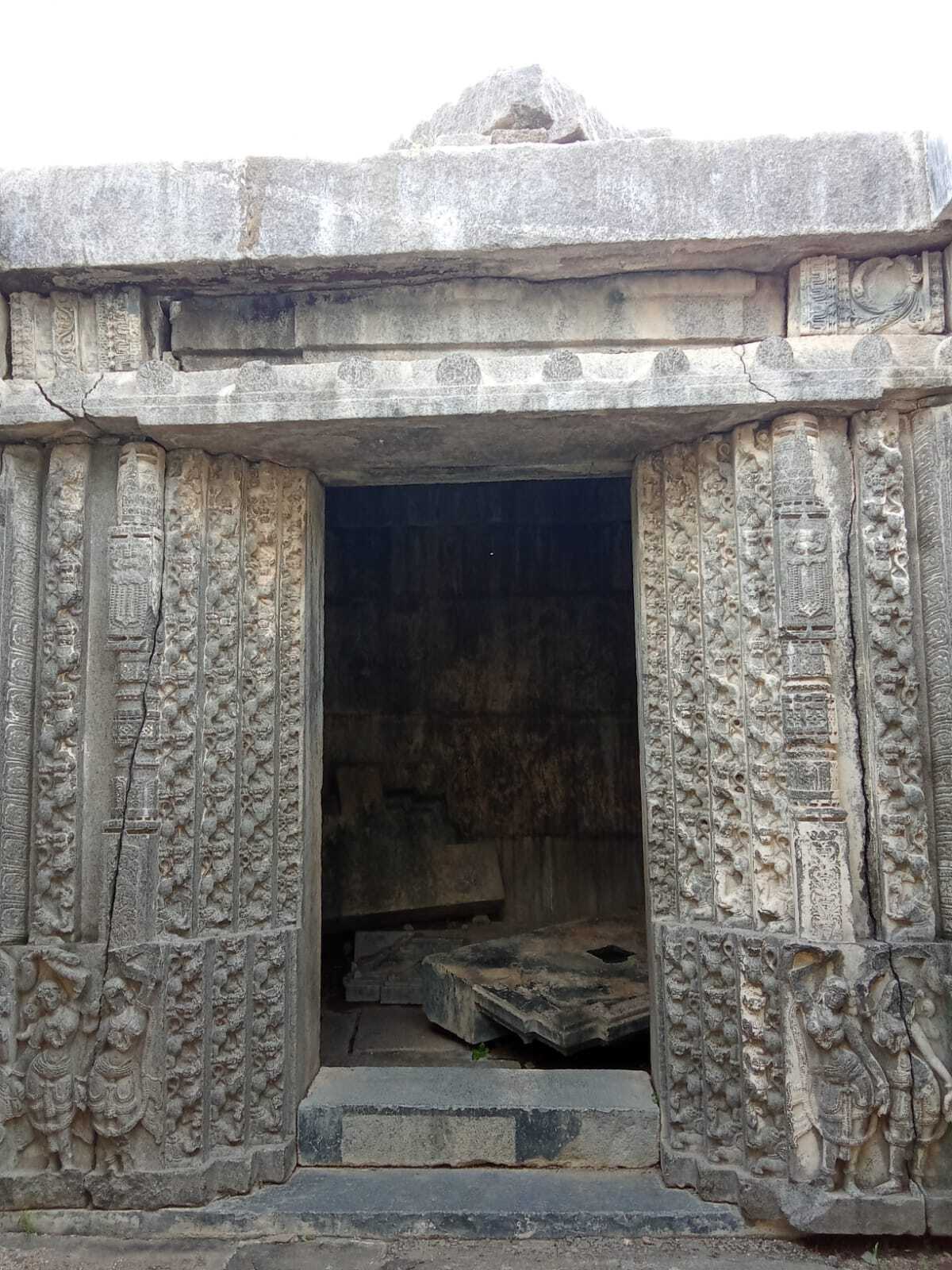
Pillars and Sculptures:
Dwarapalakas:
The pillars of the Mandapa are adorned with sculptures of Dwarapalakas, guardian deities placed at temple entrances to protect the sanctum.
Female Sculptures and Dance Poses:
Pillars feature sculptures depicting women in various dance poses, adorned with details like pearl hangings and playing traditional instruments such as the mridangam. These sculptures highlight the integration of performing arts in religious rituals and cultural expressions.
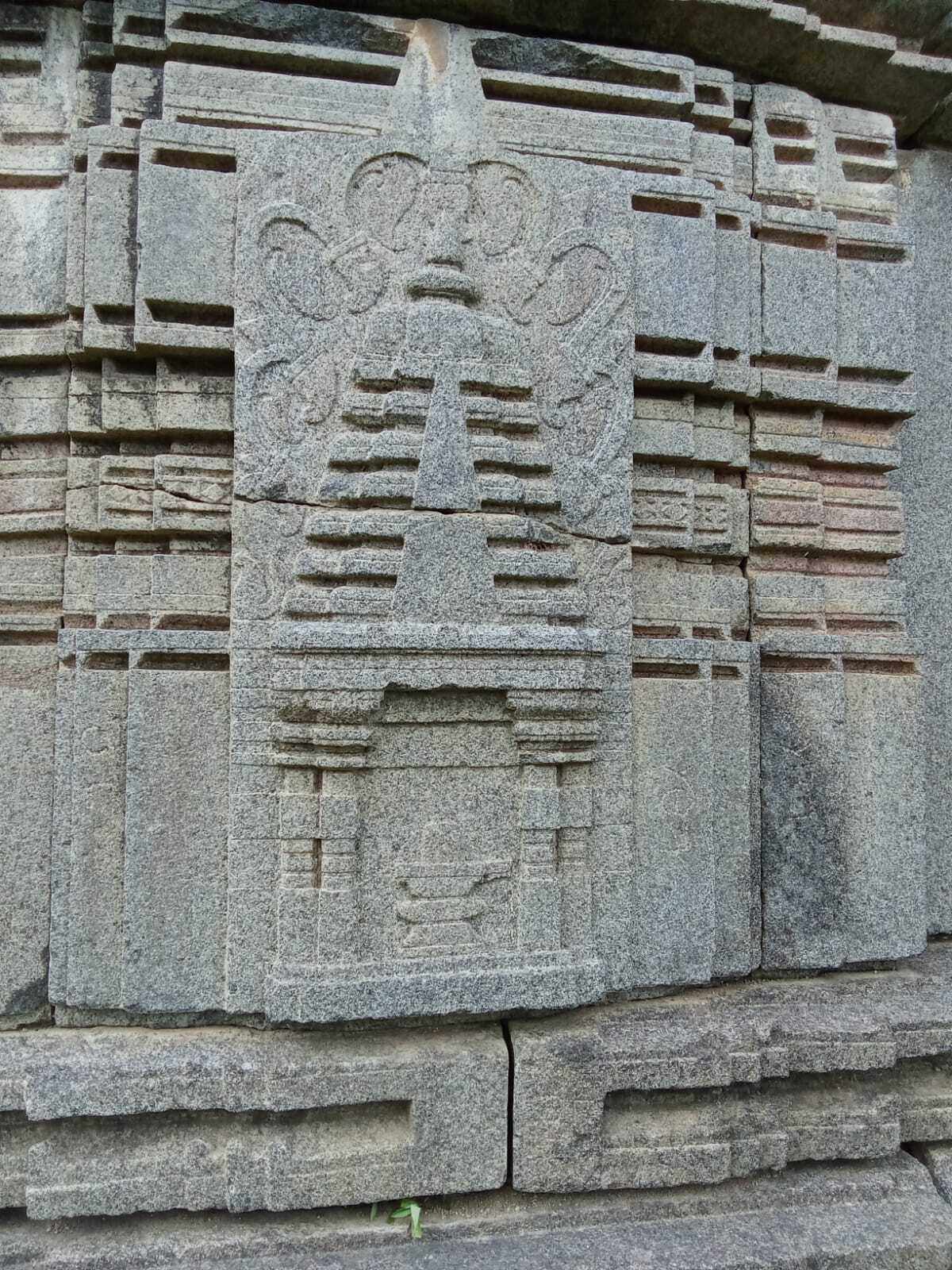
Cultural and Religious Significance:
The Venkateswara Temple serves as a vital hub for religious worship and cultural activities, reflecting deep religious devotion and artistic expressions of its time.
The temple's decorative program, including dance and music motifs, underscores their integral role in religious ceremonies and cultural celebrations.
Archaeological Insights:
The temple's architectural elements such as the Nagara Shikhara and detailed pillar sculptures provide valuable insights into period-specific architectural styles and construction techniques.
Studying the temple's preservation and historical context enhances our understanding of regional variations in temple architecture and cultural influences that shaped its design and ornamentation.
Did you like this ?